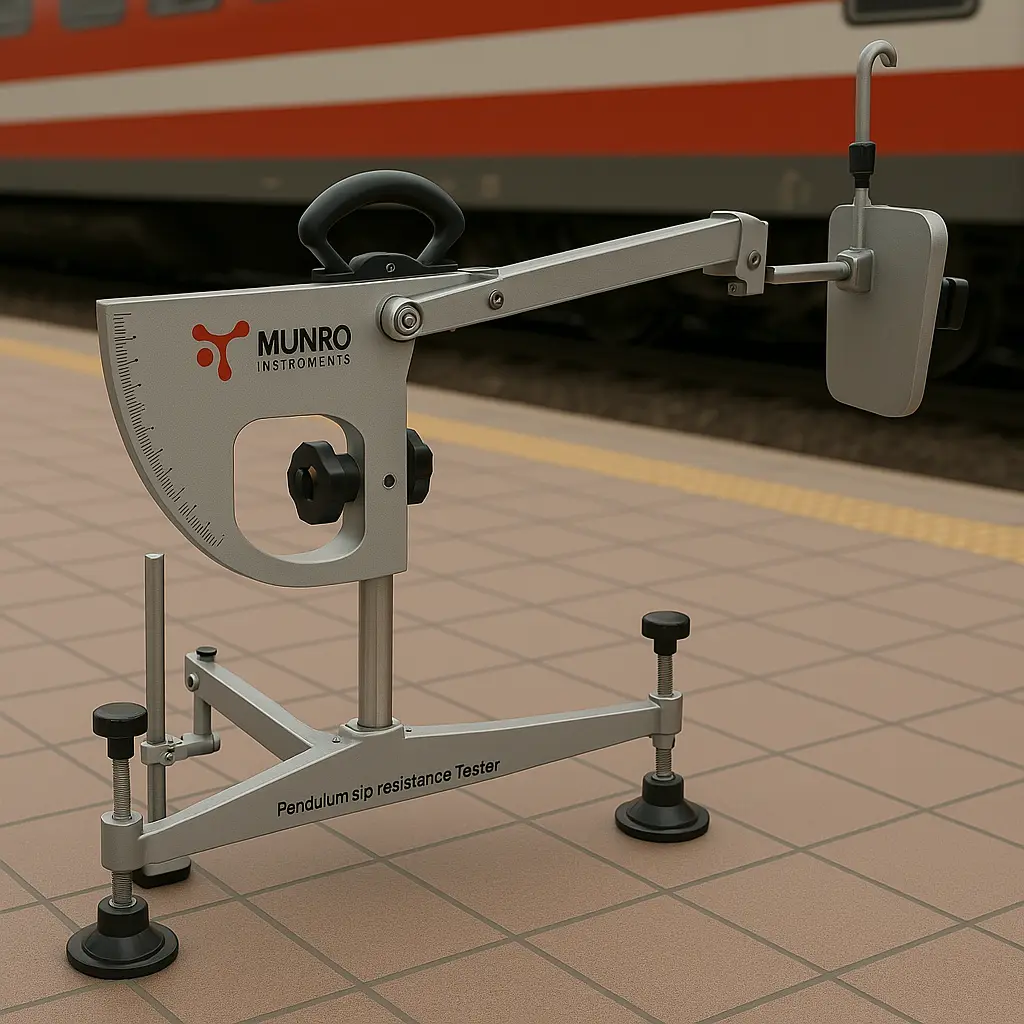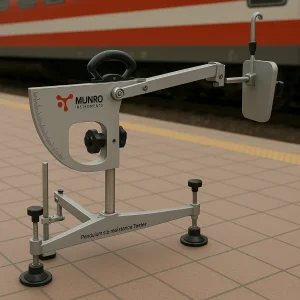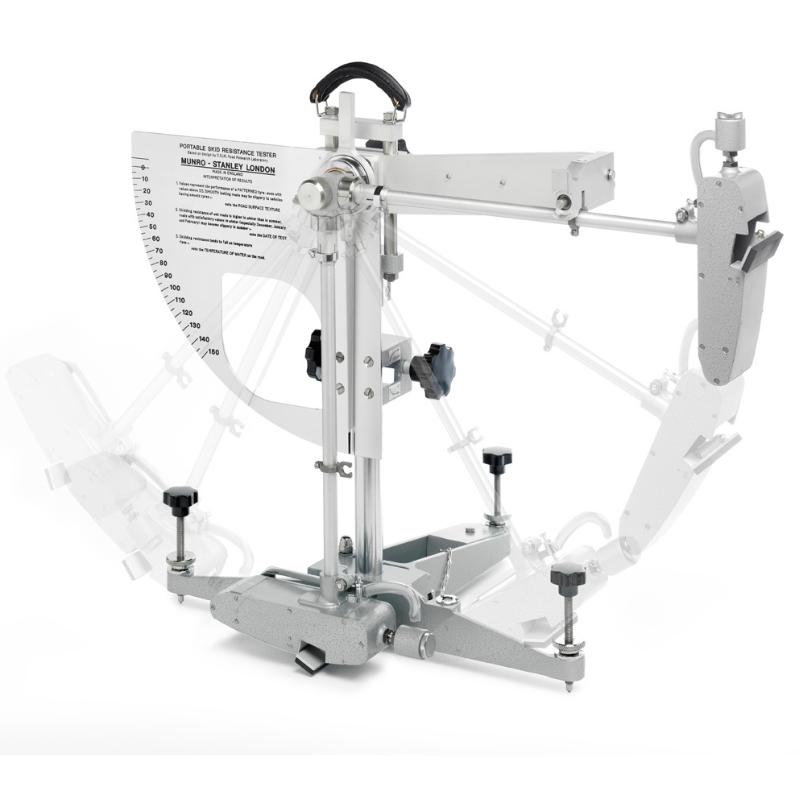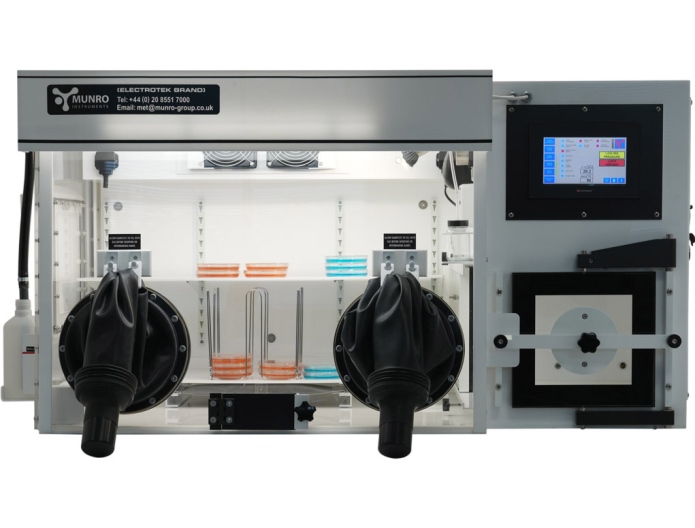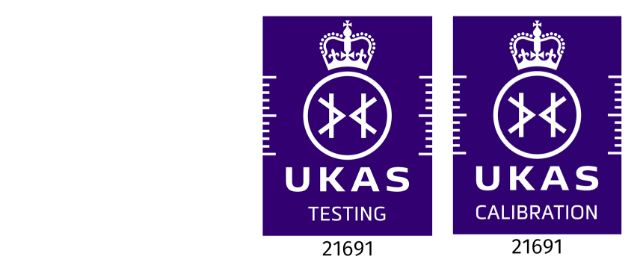Frequently Asked Questions – Pendulum Slip Resistance Testers
1.What is the measuring range and accuracy of your pendulum slip resistance tester?
Most pendulum slip resistance testers measure within a range of 0–150 Pendulum Test Value (PTV), with an accuracy typically within ±1 PTV. This ensures reliable results for both high- and low-friction surfaces.
-
Does the tester comply with international standards such as BS 7976-2 or ASTM E303?
Yes, quality pendulum slip resistance testers are designed to comply with BS 7976-2, ASTM E303, and other relevant national or regional standards, ensuring internationally recognized results.
-
What are the dimensions and weight of the device, and is it suitable for both laboratory and on-site testing?
A standard pendulum tester is compact and portable, with typical dimensions around 640 × 300 × 1150 mm and a weight of 15–20 kg. It is specifically engineered for both laboratory and on-site slip testing applications.
-
What type of sliders (rubber pads) are included with the tester, and are they available in different hardness grades (e.g., TRL, Four S)?
The device usually comes with TRL and/or Four S sliders. These sliders are available in different hardness grades to simulate various footwear types and surface interactions.
-
How is the device calibrated, and what is the recommended calibration interval?
Calibration is carried out using certified reference surfaces and is typically recommended annually or after significant use, following the manufacturer’s guidelines to maintain test accuracy.
-
Does the system include a digital display for PTV (Pendulum Test Value) readings, and can data be exported for analysis?
Many modern models feature a digital display for clear PTV readings. Some advanced systems also allow USB or Bluetooth data export for analysis and record-keeping.
-
What is a Pendulum Slip Resistance Tester used for?
It is used to measure the slip resistance of floor and pavement surfaces, ensuring they meet safety standards and reduce the risk of slips and falls.
-
Why is this testing method important for safety?
Slip resistance testing helps identify hazardous surfaces and supports compliance with safety regulations, reducing accident risk in public, industrial, and commercial environments.
9. How does a Pendulum Test Value (PTV) relate to slip risk?
- PTV ≥ 36 – Low slip potential
- PTV 25–35 – Moderate slip potential
- PTV < 25 – High slip potential
These values help assess the likelihood of slips under specific conditions.
-
In which environments is this type of testing most commonly required?
Common testing environments include shopping malls, airports, hospitals, schools, factories, swimming pools, and public walkways.
-
Is this a standard method for testing floor surfaces?
Yes, the pendulum method is recognized as a global standard for assessing floor surface slip resistance and is widely used in safety audits and legal compliance testing.

